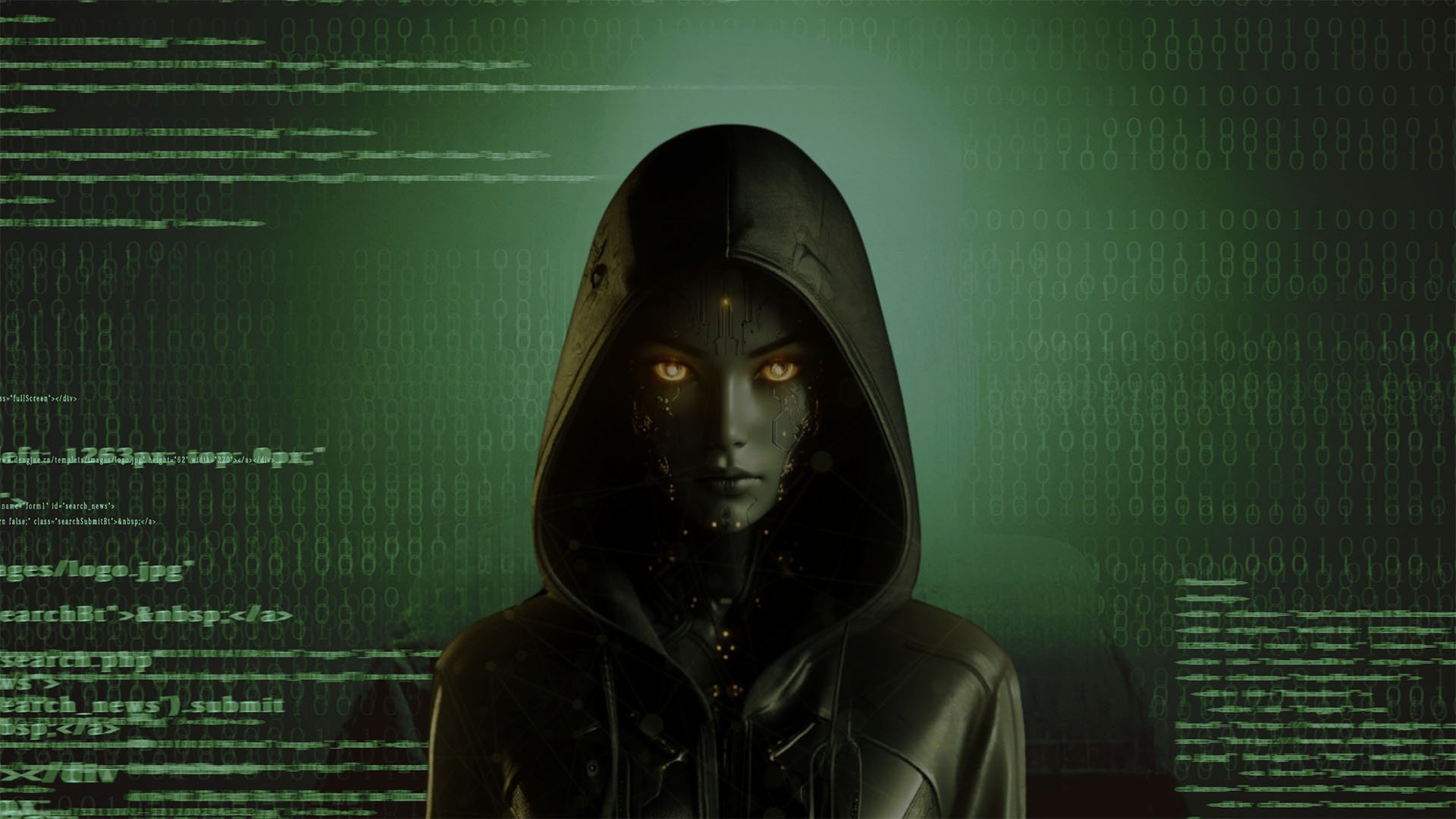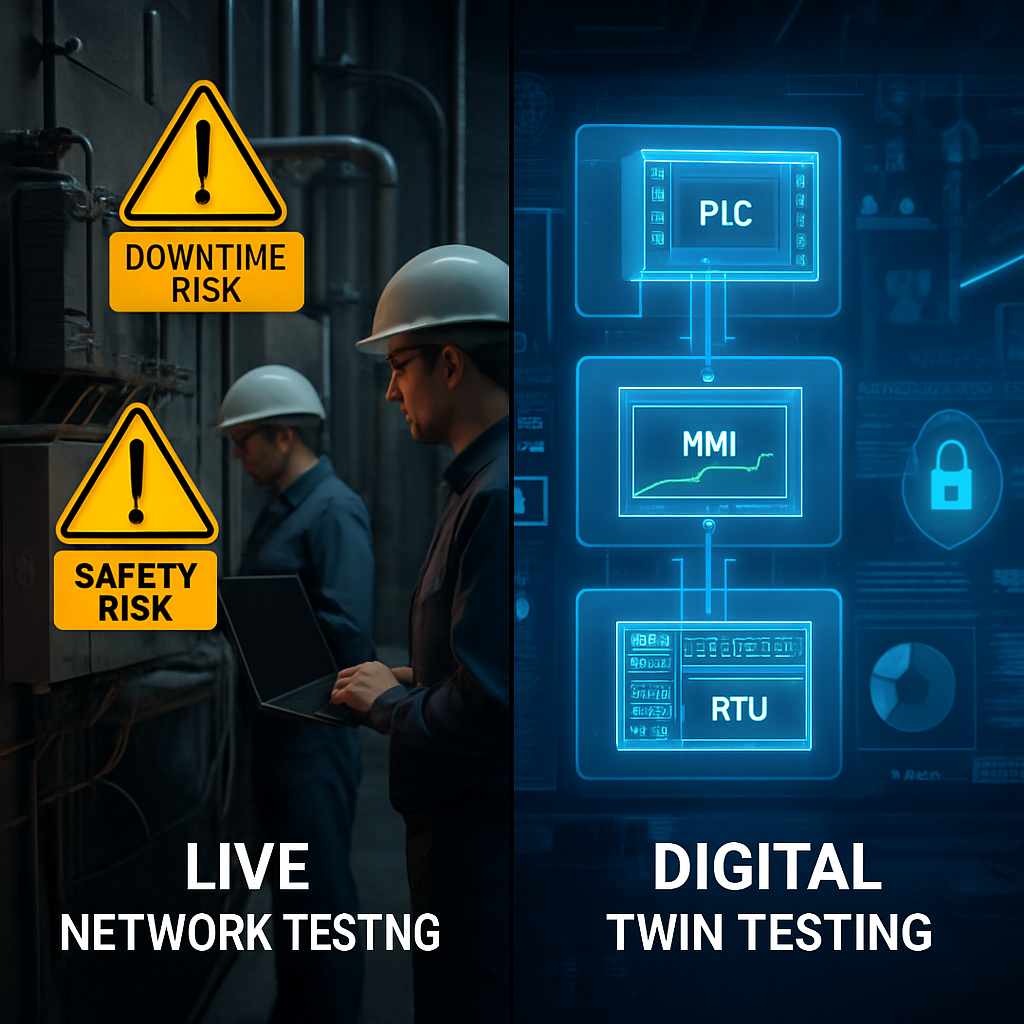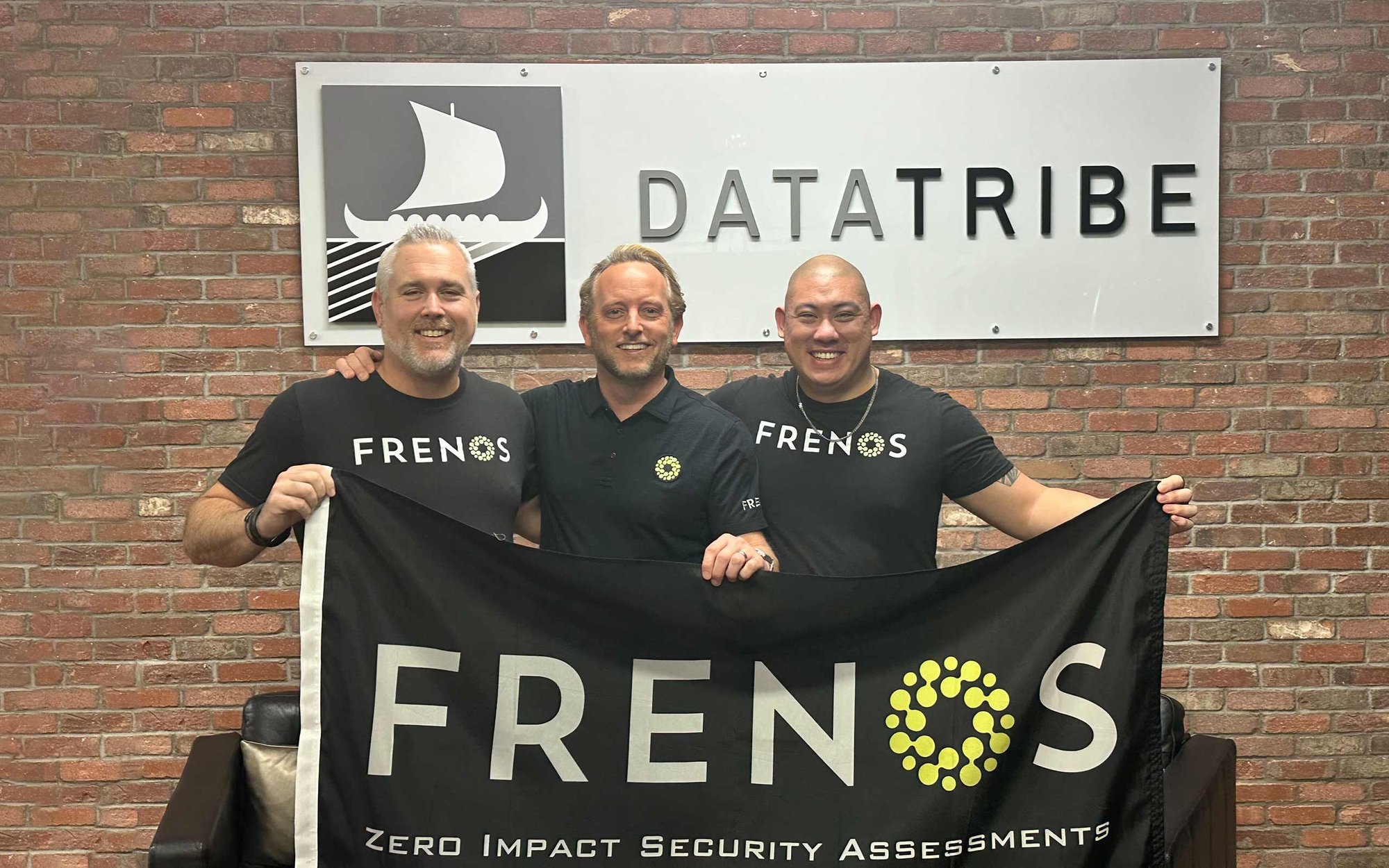SAIRA and Evidentiary AI: Bringing Transparency to OT Security Intelligence
Security teams are increasingly skeptical of the "trust us" approach from cybersecurity vendors. With AI-powered security tools becoming commonplace, a fundamental question remains unanswered: when a tool flags a vulnerability or recommends a security measure, how do you know it's right? This approach creates a significant gap in trust and accountability, which is precisely what we're addressing with SAIRA within the Frenos Platform.
What is The Transparency Problem in OT Security Intelligence?
Security teams working in operational technology (OT) environments face unique challenges. Unlike IT networks, OT systems control physical processes where downtime can lead to significant safety, operational, and financial consequences. When security tools flag potential issues in these environments, teams need more than just alerts – they need evidence and reasoning they can trust.
Many security products provide alerts, scores, or recommendations without showing their work. This creates several problems.
First, security teams lack proper validation methods to verify if alerts are accurate or false positives. Second, there's limited accountability because without evidence, it's difficult to document the rationale behind decisions. Third, "black box" recommendations are often met with skepticism, reducing trust in the system. Finally, teams struggle with ineffective prioritization because without understanding why issues are ranked in a certain way, they cannot allocate resources effectively.
Introducing SAIRA: Simulated Adversarial Intelligent Reasoning Agent
At the core of the Frenos Platform is SAIRA – our Simulated Adversarial Intelligent Reasoning Agent. SAIRA is designed to think like sophisticated adversaries, providing accurate and realistic simulations of potential threats. But what truly sets SAIRA apart is its commitment to evidentiary AI.
How SAIRA Shows Its Work
SAIRA documents every step of its analysis process, providing comprehensive evidence for its findings and recommendations.
SAIRA creates detailed attack paths by documenting each attack step with unique identifiers, specific actions (such as enumerating hosts or scanning for misconfigurations), comprehensive context about the target environment, and success/failure status.
The system offers transparent reasoning for each recommendation, explaining why certain mitigations are prioritized over others and providing the logical foundation for its decision-making process.
Traceability is a key feature, allowing users to trace any recommendation back to the specific evidence or attack path that led to that conclusion. This creates an audit trail that connects findings to evidence, ensuring nothing happens without explanation.
Additionally, the Frenos Platform visualizes these attack paths and steps, making complex technical information more accessible to security teams and stakeholders.
What Are The Benefits of Evidentiary AI in OT Security Intelligence?
SAIRA's evidentiary approach delivers several key benefits for OT security intelligence teams.
Improved Trust and Confidence
When security teams can see exactly how SAIRA reached its conclusions, they gain confidence in implementing recommended mitigations. This transparency transforms AI from a mysterious black box into a trusted advisor that shows its reasoning.
Enhanced Communication with Management
Security teams often struggle to explain technical vulnerabilities to executives and justify security investments. With SAIRA's detailed evidence and clear reasoning, teams can more effectively communicate risks to management, supporting their case for security improvements with concrete data.
Data-Driven Prioritization
SAIRA doesn't just identify security issues. It provides a Mitigation Prioritization Score based on multiple factors. By explaining the reasoning behind these scores, SAIRA helps security teams focus their limited resources on the most critical vulnerabilities first.
Continuous Learning and Improvement
The transparency of SAIRA's approach allows security teams to download the data and validate findings themselves. This creates a feedback loop that strengthens both the platform and the team's understanding of their security posture.
Real-World Impact
In practice, SAIRA's evidentiary approach has transformed how organizations approach OT security intelligence. Security teams report both improved ability to communicate risks to management and greater confidence in implementing recommended mitigations.
As noted by one Security Architect: "The Frenos Platform allows us to validate our defensive architecture and focus our efforts on the most important risk reduction activities." This validation is only possible because SAIRA shows its work, allowing teams to verify and trust its recommendations.
Conclusion: The Future of OT Security Intelligence
As threat actors increasingly deploy their own AI systems, security teams need intelligence they can trust and verify. SAIRA's evidentiary approach represents the future of security intelligence – one where AI doesn't just provide answers but shows how it reached them.
By combining sophisticated threat modeling with transparent reasoning, SAIRA enables security teams to shift from reactive to proactive defense, prioritizing their efforts based on evidence rather than assumptions. In the high-stakes world of OT security, this transparency isn't just a feature, it's essential for building the trust needed to effectively protect critical infrastructure.
Interested in learning more about how SAIRA and the Frenos Platform can bring evidentiary AI to your organization's OT security program? Contact us at info@frenos.io



![OT Penetration Testing Checklist: Complete Guide for Before, During & After [2025]](https://frenos.io/hubfs/brianproctor_a_computer_hacking_adversary_in_a_futuristic_wor_985a9c42-7e7a-4185-9582-cf4bc2568a28_0.png)


.jpg)
